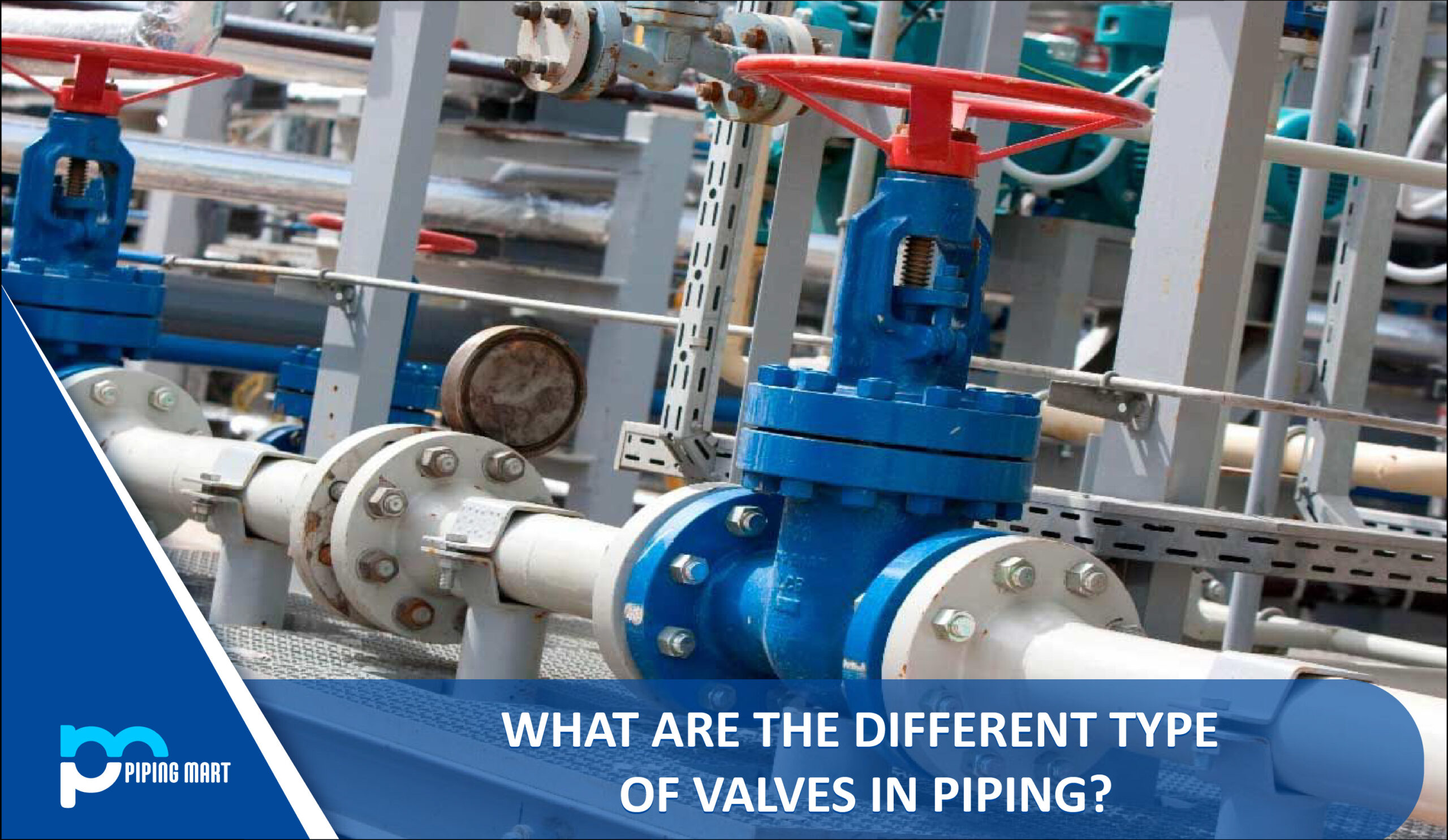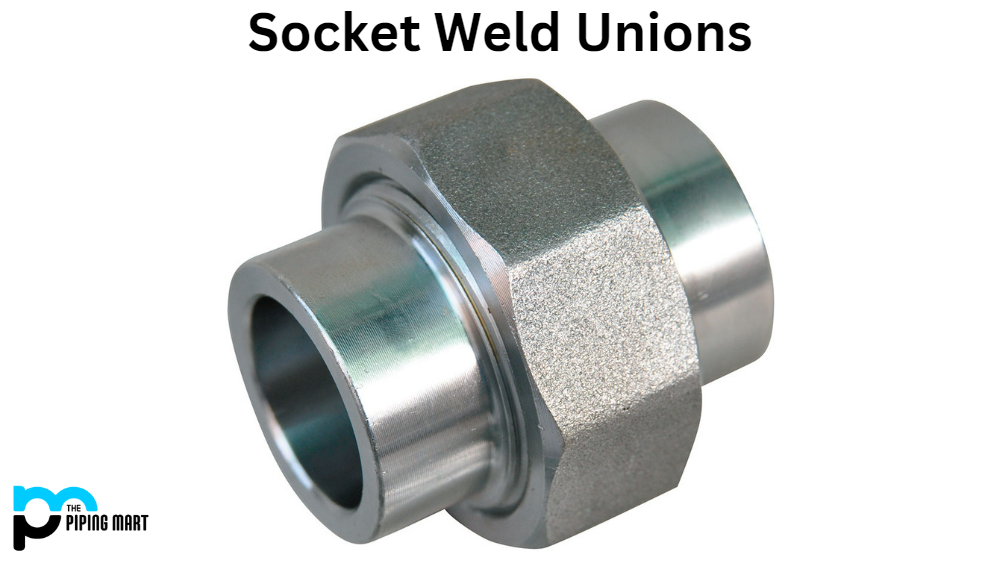All valves have the same primary purpose: to either regulate or isolate the flow. There are many different types of valves, and the use of each kind relies on the fluid running through the pipe, the cost of the valve, and the sort of flow regulation needed.
What is Valve?
A mechanical device called a valve regulates the flow and pressure in a piping system. A valve is one of the essential parts of a piping system that controls and transports liquids, gases, vapors, slurries, etc.
Valves can be defined as:
A tool or natural thing that may open, close, partially close, or impede passageways to regulate guide, or control fluid flow
Technically, valves belong under piping fittings, but because of their wide range of applications, they have their category for manufacturing and installation standards.
By opening, closing, or partially obstructing several channels, a valve is a mechanical or natural object that regulates, directs, or controls the flow of a fluid. Although technically a type of fitting, valves are typically considered separately. Valve types include:
- Manually controlled
- Powered by a motor
- Both manually and mechanically driven.
The most basic valves have a one-way flap mechanism that only permits flow in that direction. Valves can also function under fluctuating pressure or temperature, possibly powered by a motor, and can even be manually manipulated. Manual valves are made with levers, pedals, hand knobs, or wheels to assist in operating them for the desired purpose. Sometimes a valve’s ball or the disc can be mechanically controlled by a gear system.
What is the Role of a valve in a Piping System?
Valves are frequently employed in every business for a pipe system to control fluid flow, regulate fluid pressure, precisely calculate the ratio of any mixture, or take a sample of any product. Valves generally limit, halt, and control fluid flow in a plumbing system. In-depth, a plumbing system has valves fitted to:
- Regulates and controls temperature gain or loss from a pipe system.
- According to the needs of the piping system, it switches the flow from one direction to another.
- Limit the flow to maintain system balance and prevent over pressurization.
- In a system with one-way fluid flow, avoid reverse fluid flow.
- If a system failure occurs, stop the flow of any gases or liquids.
Despite their critical role in boosting productivity, regulating product quality, enhancing safety measures, and maintaining system functionality, valves are still infrequently mentioned during project design, building, or processing. One fundamental factor among several is that it has the lowest project-wide cost.
What are the types of valves in Piping?
In a plumbing system, many valves are used depending on their function. Valves can account for 20% to 25% of the total piping cost in any piping system. Different types of valves are employed in industries for a variety of functions, including:
- Door Valve (commonly used)
- Ball Valve (commonly used)
- Non-return valve and check valve (commonly used)
- Block valve
- Valve ball (commonly used)
- Insect-proof valve
- Syringe valve
- Snap-in valve
- Pump valve
- Valve for pressure relief
- Pressure regulator
- Dialed-in valves
- Valve classification according to flow control
Isolation valves
This kind of valve either entirely prohibits or permits fluid passage. This sort of valve cannot be operated in either a partially open or closed state. The valve disc may be damaged in a routine partial opening, resulting in an undesirable event. These valves fall under this category:
- Door valve
- Button valve
- Pressure the safety valve and check the valve
- Block valve
- Pump valve
- Dialed-in valve
- Button valve
- Squeeze valves
Regulation valves
These valves enable us to control fluid flow and pressure with the necessary preciseness. When partially open or closed, they can be operated effectively. These valves’ construction and design enable them to operate continuously in partial conditions.
- Ball valve
- Syringe valve
- Button valve
- Dialed-in valve
- Pump valve
- Squeeze valve
- Pressure regulator
- Some valves fall into both categories and can be used for both purposes since they have diverse capabilities.
Classification of valves as per End connection
A variety of end connectors are used to link valves when they are installed in a piping system. According to this form of connection, valves are categorized as follows:
- Valve with a Screwed End
- Plug-end valves
- Valve end flanges
- Valves that butt weld
- Type wafer valves
- However, end valves

Pipingmart is B2B portal specializes in industrial, metal and piping products. Also, share latest information and news related to products, materials and different types grades to help business dealing in this industry.




